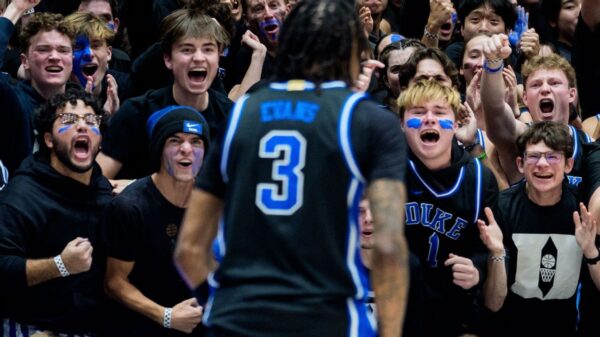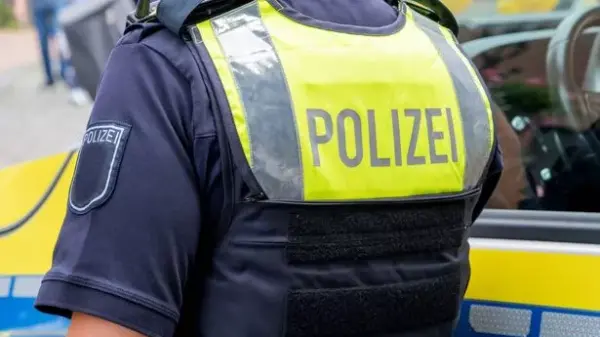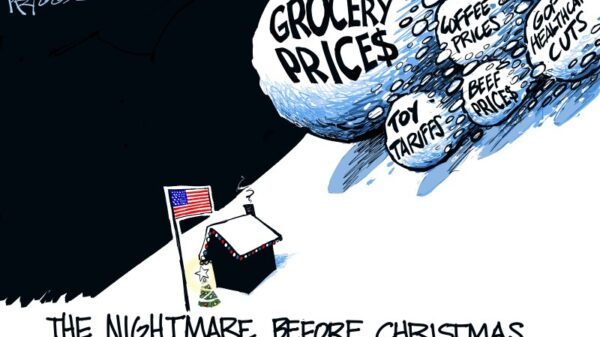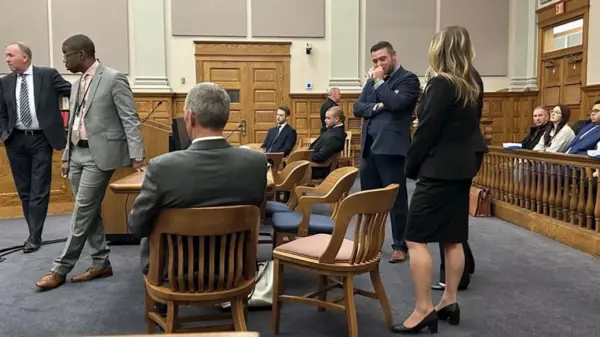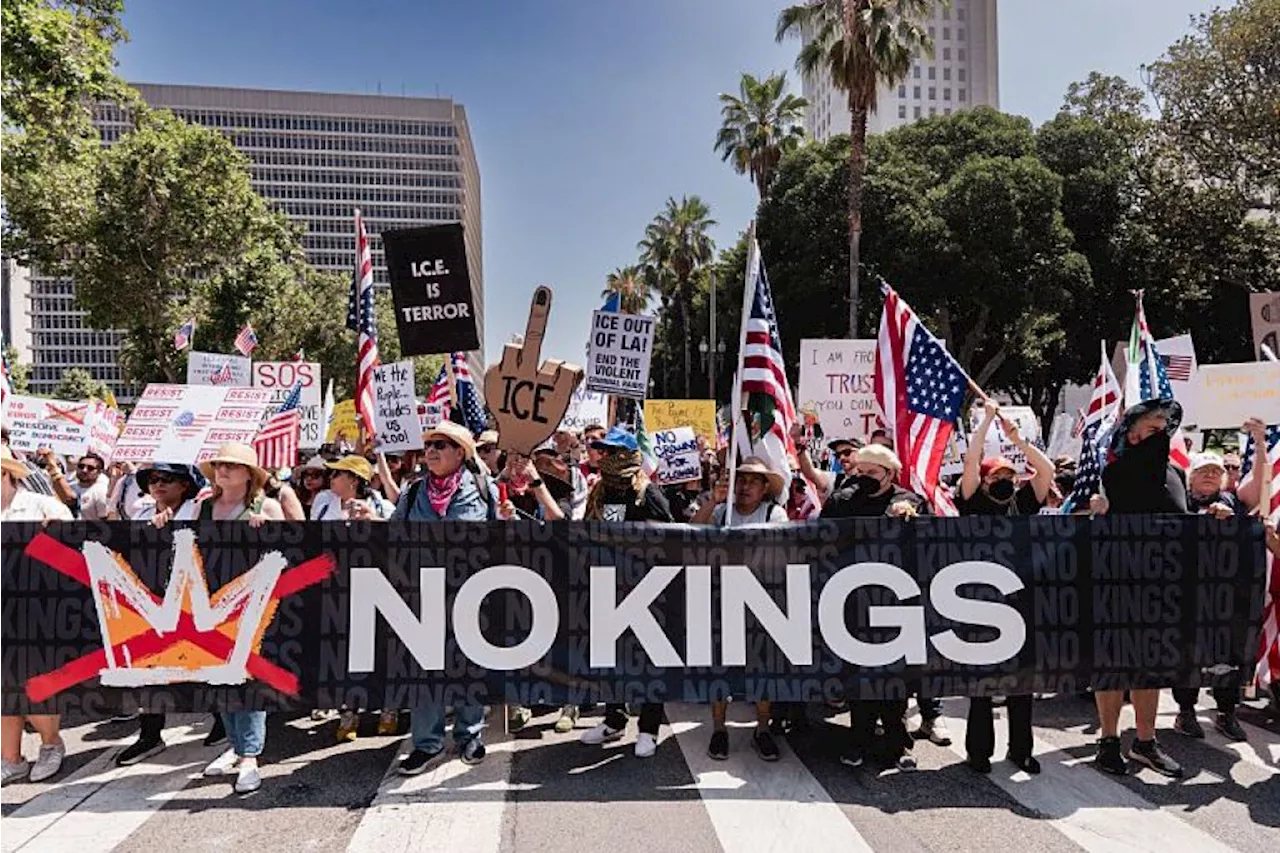During a recent “No Kings” protest in Chicago, Illinois, a demonstrator made alarming statements advocating for violence against Immigration and Customs Enforcement (ICE) officers. The protest, part of a broader series of demonstrations against perceived authoritarianism under President Donald Trump, witnessed the protester calling for ICE agents to be “shot and wiped out.”
Videos from the event captured the protester’s remarks, which intensified discussions surrounding the safety of law enforcement personnel. The statement occurred during a weekend rally, where the protester urged attendees to dismantle what they referred to as the oppressive mechanisms represented by ICE.
In response to this incident, the Department of Homeland Security (DHS) issued a stern warning regarding threats made against law enforcement. A DHS representative stated, “To those who threaten violence against us: we will hunt you down, we will find you, and Justice will be served.” This statement underscores the seriousness with which authorities regard threats to federal agents, particularly in light of recent violence against public officials.
The protester’s comments have drawn significant scrutiny. They have been characterized as a “criminal threat” by a fellow protester, who identified the individual as an employee at Wilbur Wright College. This condemnation highlights the serious implications of inciting violence against law enforcement.
In a statement on social media, the protester’s remarks were labeled “sickening” by another attendee. The individual emphasized that such statements are unacceptable, particularly from someone affiliated with an educational institution.
Further intensifying the situation, the Department of Justice (DOJ) confirmed that it is actively monitoring threats against law enforcement. A spokesperson stated, “The Department is tracking these targeted assaults against our law enforcement and will hold offenders accountable to the fullest extent of the law.” This proactive stance indicates a commitment to ensuring the safety of federal agents amid rising tensions.
It is important to note that the protests themselves have gained traction nationwide. The “No Kings” demonstrations have attracted large crowds in various cities, with participants voicing opposition to what they perceive as an erosion of democratic principles. In the wake of these protests, President Trump dismissed them as “small and ineffective,” calling the events a joke.
Similar sentiments have emerged from other officials who view the protests as counterproductive. Criticism has also been directed at graffiti and vandalism associated with the demonstrations, further complicating the public’s perception of the movement.
As the situation evolves, the implications of such rhetoric and the response from law enforcement will likely remain in the public eye. The intersection of political dissent and the safety of law enforcement continues to be a contentious issue, raising questions about how protests are conducted and the potential for escalating violence in the current political climate.
The recent incident in Chicago serves as a stark reminder of the responsibilities that come with freedom of speech and the potential consequences of inflammatory rhetoric.




